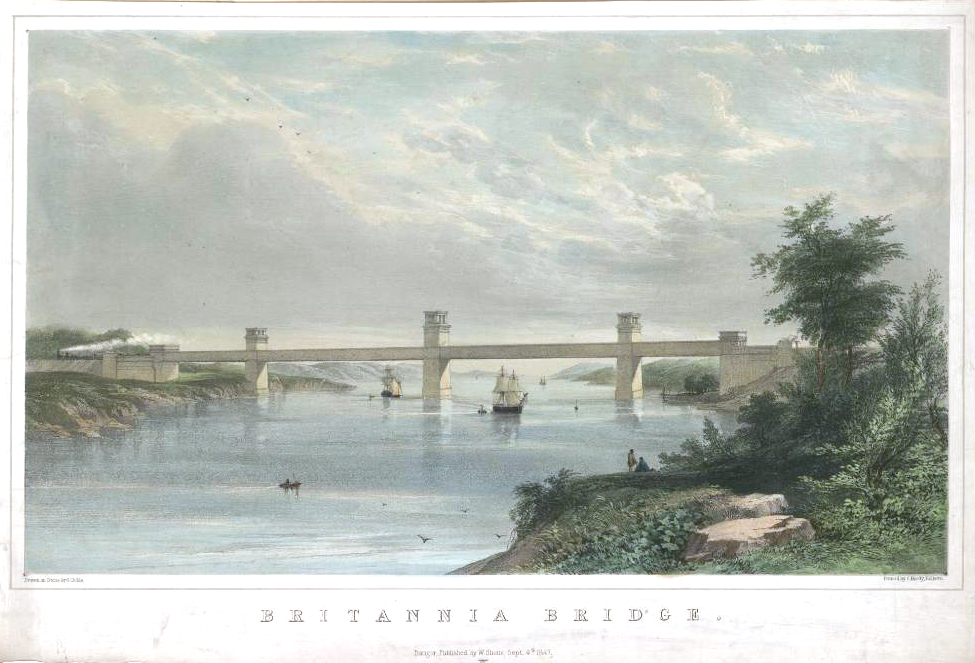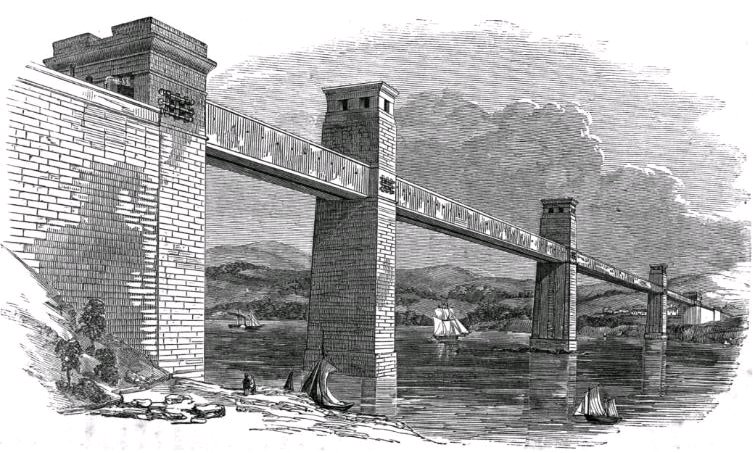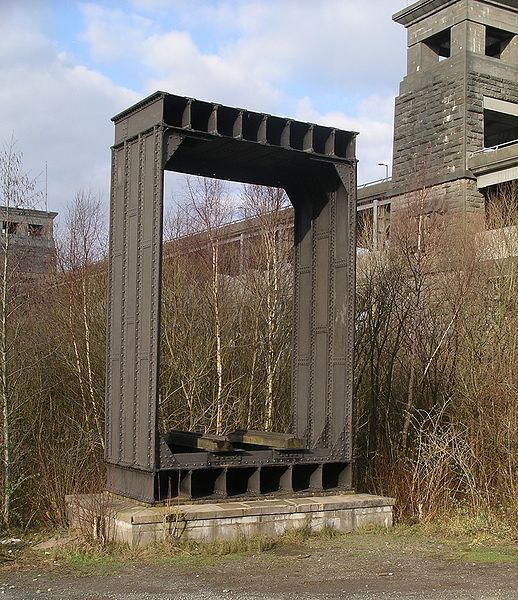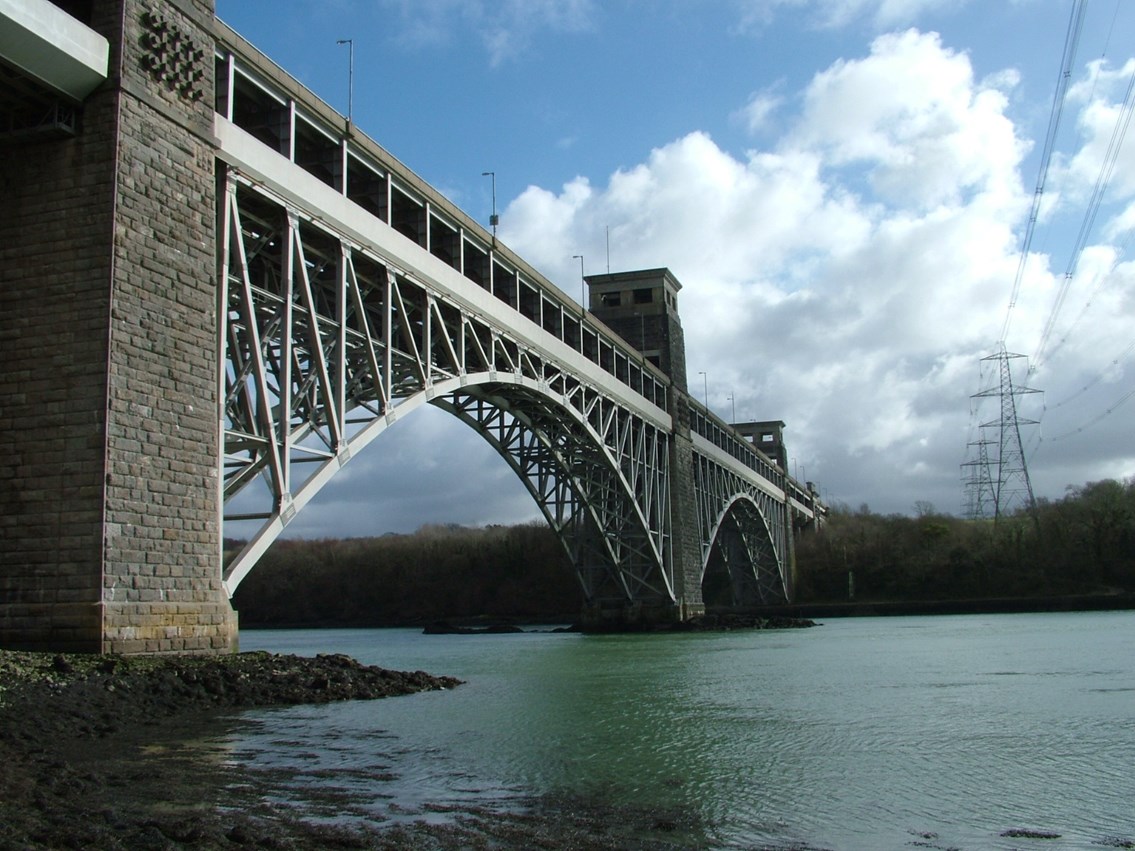

 STUART JORDAN looks at this Menai Strait crossing which has been rebuilt.
STUART JORDAN looks at this Menai Strait crossing which has been rebuilt.
In the early 1800s, the British government were exploring ways to improve communications between London and Dublin. Holyhead on Anglesey was proposed as the best harbour in North Wales to reach Dublin, via a bridge across the Menai Strait. The railway line would run from Chester, along the coast to Bangor where it would head over to Anglesey.
Construction began on the Chester and Holyhead Railway in May 1845, with slow progress meaning that services did not start between Chester and Bangor until 1848. In the same year, the line on Anglesey from Llanfair to Holyhead opened. Passengers and goods were conveyed across the Menai Strait by coach and cart on the road bridge, as the rail bridge was not yet complete.

Royal assent had been given to a Parliamentary Bill to build a rail bridge in 1845 – as with the Royal Albert Bridge between Devon and Cornwall, the Admiralty insisted that any structure built had to have clearance for a fully rigged Man-of-War warship. This ruled out an arched bridge.
Chief Engineer Robert Stephenson was assisted by girder expert William Fairbairn. Stephenson’s plan was to cross the strait at high level. Two 460ft central spans made up with rectangular iron tubes with two 230ft spans on each end. The two lines would run inside the box girders. Fairbairn ran extensive tests on different designs and found that the top plates were buckling. This was solved with a corrugated roof and suspension chains and the adoption of the rectangular shape rather than Stephenson’s preference of an elliptical tube.

The tubes were lifted into place by the use of hydraulic pumps, a treacherous process which had not been attempted before. They were supported on 15ft iron beams which were imbedded into the stonework of the supporting towers. A hessian-covered timber roof was erected over the ironwork to protect it from the weather.
Robert Stephenson fitted the last rivet on 5th March 1850, and a single tube opened soon after. By the end of the year both tubes were open to traffic. Brunel was impressed with the structure and used methods pioneered by Stephenson in his later structures.
On the night of 23rd May 1970, children playing in the bridge accidently set light to the roof of the structure, which was covered in tar. The whole span of the bridge was alight, with the fire service powerless to stop the flames. The heat had caused the iron tubes to distort and split in several places.

Surviving cross-section of the original box girder showing the corrugation.
On the advice of a consulting engineering company, the bridge was declared unusable and the Royal Marines were called in to deploy vertical Bailey Bridges to shore up the structure. It was decided to rebuild the bridge with two decks – one for road and one for rail. New steel arches were built under the existing tubes and the bridge was open for rail traffic again by 1974. The top deck for a single-carriageway of the A55 was finished and opened in 1980.

The new Britannia Bridge, clearly showing the dual-deck design.
A major overhaul was carried out on the new bridge in 2011 and there are further plans to improve road congestion which may impact on the rail route.